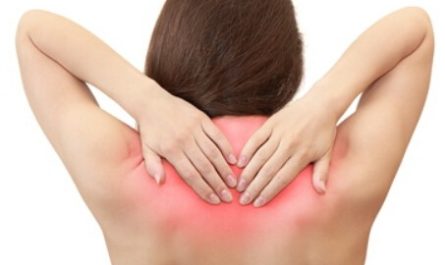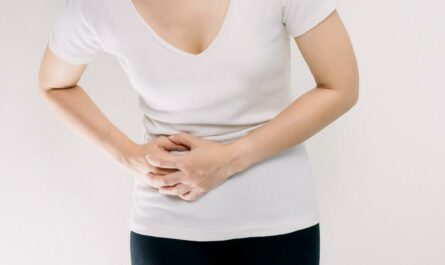If you’re experiencing chest pain on your left side, it’s important not to ignore it. Especially for women, chest pain can be an indication of a serious underlying condition. One common cause of left-sided chest pain in women is angina. This is a condition where the heart isn’t getting enough oxygen. This can cause pressure or squeezing in the chest. Women are more likely than men to experience atypical symptoms of angina, such as back, neck, or jaw pain. So it’s important to be aware of these potential warning signs. This article will discuss 16 common causes of chest pain in women on the left side.
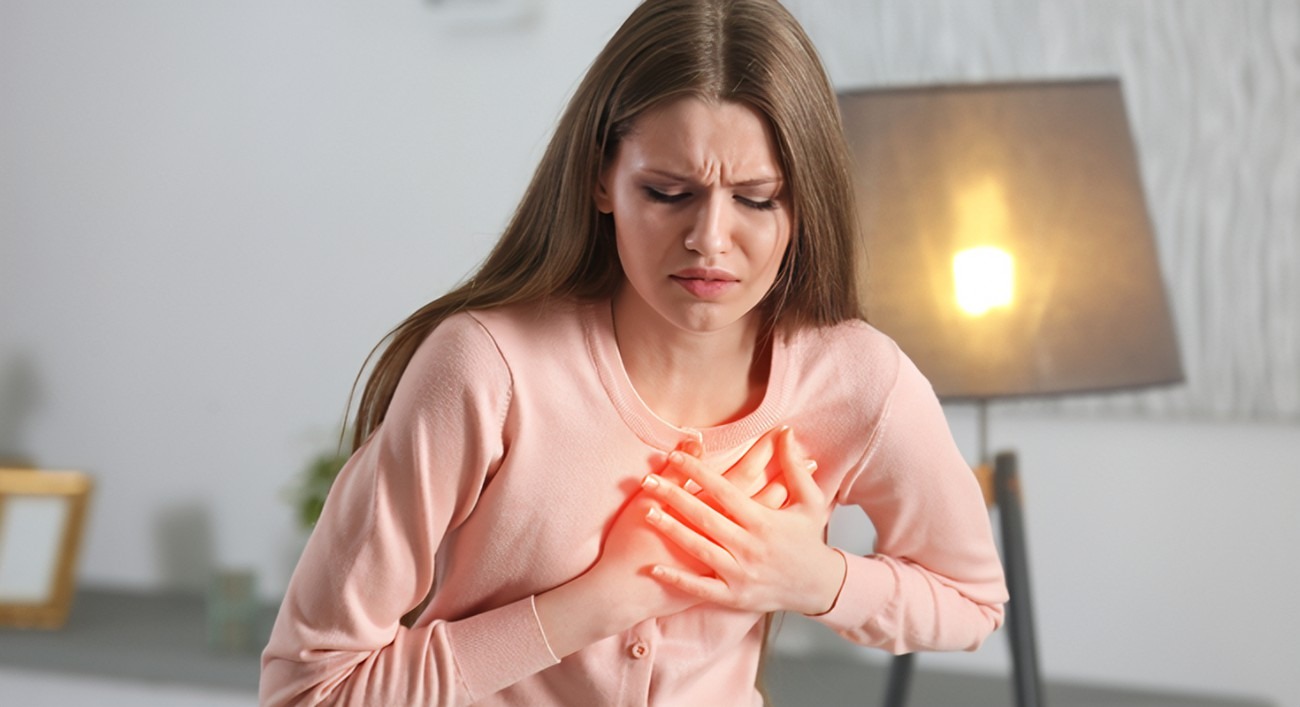
Anatomy of the Left Side of Chest
In women, the anatomy of the chest, particularly the left side, is complex and houses several vital organs and structures. The left side of a woman’s chest is primarily dominated by the left lung and the heart. The left lung is slightly smaller than the right to accommodate space for the heart, which is positioned slightly to the left of the sternum.
The lung is responsible for the oxygenation of the blood, while the heart pumps this oxygen-rich blood to all parts of the body. Beneath these organs, protected by the rib cage, lies the diaphragm – a dome-shaped muscle essential for breathing.
The upper left side also contains part of the collarbone and shoulder blade. Moreover, the chest wall consists of skin, fat, muscles, and tissues, including mammary glands forming the breast in women. It is important to note that despite visual asymmetry sometimes observed in women’s breasts, this usually does not denote any underlying health issue.
16 Potential Causes of Chest Pain in Women on the Left Side
1. Heart Attack (Myocardial Infarction)
One of the most serious causes of left-sided chest pain is a heart attack. Women may experience different heart attack symptoms than men, such as:
- Pressure, tightness, or discomfort in the chest that may radiate to the arm, jaw, neck, or back
- Shortness of breath
- Nausea, vomiting, or indigestion
- Lightheadedness or dizziness
- Breaking out in a cold sweat
- Unusual fatigue
Women are more likely than men to experience subtle symptoms like jaw pain, nausea, or shortness of breath without chest pain. This can lead to delayed diagnosis and treatment. If you suspect you may be having a heart attack, call emergency services immediately.
It’s important to note that women tend to have heart attacks later in life than men, often after menopause. However, younger women can also have heart attacks, especially if they have risk factors like smoking, obesity, diabetes, or a family history of early heart disease.
2. Angina
Angina is chest pain caused by reduced blood flow to the heart, often due to coronary artery disease. It may feel like pressure or squeezing in the chest. Angina pain may spread to the shoulders, arms, neck, jaw, or back. Symptoms usually occur with exertion and go away with rest.
There are two main types of angina:
- Stable angina: Predictable chest pain that occurs with exertion and resolves with rest or medication.
- Unstable angina: Unpredictable chest pain that occurs even at rest. This is a medical emergency as it can indicate an impending heart attack.
Women are more likely than men to have atypical angina symptoms, such as shortness of breath, nausea, or back pain. They may also have microvascular angina, where the small blood vessels in the heart are affected rather than the large coronary arteries.
3. Coronary Artery Disease (CAD)
Coronary artery disease occurs when the arteries that supply blood to the heart become narrowed or blocked due to plaque buildup. This can cause chest pain or discomfort (angina). Other symptoms may include shortness of breath, weakness, and fatigue.
Women are more likely than men to have non-obstructive CAD, where the coronary arteries appear normal on angiography but still cause symptoms due to microvascular dysfunction.
Risk factors for CAD in women include:
- Age (55 or older)
- Family history of early heart disease
- Smoking
- High blood pressure
- High cholesterol
- Diabetes
- Obesity
- Physical inactivity
4. Pericarditis
Pericarditis is inflammation of the pericardium, the sac surrounding the heart. It can cause sharp, stabbing pain in the center or left side of the chest that worsens when lying down or breathing deeply. The pain may radiate to the shoulder and neck.
Pericarditis can be caused by viral infections, autoimmune disorders, kidney failure, cancer, or heart surgery. Treatment depends on the underlying cause but often includes anti-inflammatory medications.
Women with autoimmune disorders like lupus or rheumatoid arthritis are at higher risk for pericarditis. Pregnant women can also develop pericarditis, especially in the third trimester or postpartum period.
5. Myocarditis
Myocarditis is inflammation of the heart muscle itself, often due to a viral infection. Symptoms can include chest pain, shortness of breath, fatigue, and palpitations.
Myocarditis can lead to heart failure, abnormal heart rhythms, or sudden death if left untreated. Diagnosis may involve blood tests, ECG, echocardiogram, or cardiac MRI.
Women are more likely than men to develop myocarditis due to autoimmune disorders like lupus or sarcoidosis. Pregnant women are also at higher risk, especially if they have a viral infection like influenza or rubella.
6. Cardiomyopathy
Cardiomyopathy refers to diseases of the heart muscle that make it harder for the heart to pump blood. It can cause chest pain, shortness of breath, fatigue, and swelling in the legs, ankles, and feet.
There are several types of cardiomyopathy, including:
- Dilated cardiomyopathy: Weakened and enlarged heart muscle
- Hypertrophic cardiomyopathy: Thickened heart muscle, often due to genetic factors
- Restrictive cardiomyopathy: Stiff heart muscle that can’t relax properly
- Stress-induced cardiomyopathy (Takotsubo syndrome): Temporary weakening of the heart muscle due to severe emotional or physical stress
Women are more likely than men to develop stress-induced cardiomyopathy, also known as “broken heart syndrome.” This can occur after a significant emotional or physical stressor, such as the death of a loved one, a serious accident, or a natural disaster.
7. Aortic Dissection
An aortic dissection occurs when the inner layer of the aorta tears, allowing blood to surge through. This causes sudden, severe chest and back pain and is a medical emergency. Aortic dissections are more common in people with high blood pressure, connective tissue disorders, or bicuspid aortic valves.
Women with aortic dissections tend to be older than men and have more atypical symptoms, leading to delayed diagnosis. Prompt treatment with surgery or medications is essential to prevent life-threatening complications.
Risk factors for aortic dissection in women include:
- Older age
- High blood pressure
- Connective tissue disorders like Marfan syndrome or Ehlers-Danlos syndrome
- Pregnancy, especially in the third trimester or postpartum period
- Cocaine use
8. Panic Attack
Panic attacks can cause sudden, intense chest pain along with shortness of breath, palpitations, trembling, and a feeling of impending doom. Panic attacks are not life-threatening but can be very frightening.
Women are twice as likely as men to experience panic disorder. Treatment may include cognitive-behavioral therapy, relaxation techniques, and medications like selective serotonin reuptake inhibitors (SSRIs).
Panic attacks can be triggered by stress, anxiety, or phobias. Women may be more prone to panic attacks due to hormonal changes, such as those that occur during menstruation, pregnancy, or menopause.
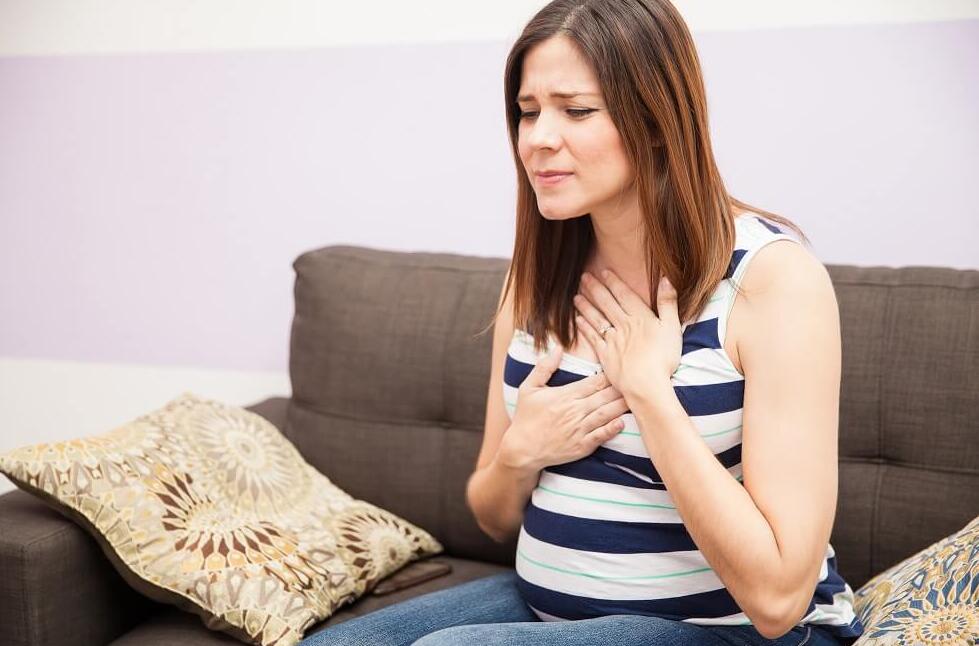
9. Heartburn/Acid Reflux
Heartburn, or acid reflux, occurs when stomach acid flows back into the esophagus. This can cause a burning sensation in the chest. The pain is often worse after eating when lying down, or when bending over. Other symptoms may include a sour taste in the mouth, difficulty swallowing, or feeling like there is a lump in the throat.
Lifestyle changes like avoiding trigger foods, eating smaller meals, and not lying down after eating can help manage heartburn. Over-the-counter antacids or prescription medications may also be necessary.
Women are more likely than men to experience heartburn during pregnancy due to hormonal changes and the growing uterus pressing on the stomach. Obesity and certain medications like aspirin or ibuprofen can also increase the risk of heartburn in women.
10. Esophageal Spasms or Disorders
Disorders of the esophagus, such as esophageal spasms, can cause chest pain similar to that of a heart attack. Esophageal spasms are painful contractions of the esophagus that can come on suddenly.
Other esophageal disorders that can cause chest pain include:
- Gastroesophageal reflux disease (GERD): Chronic acid reflux that damages the esophagus
- Eosinophilic esophagitis: Allergic inflammation of the esophagus
- Esophageal cancer: Malignant tumor in the esophagus
Women are more likely than men to develop esophageal disorders like GERD and eosinophilic esophagitis. Risk factors include obesity, pregnancy, and connective tissue disorders like scleroderma.
11. Gallbladder Issues
Gallbladder problems, such as gallstones or cholecystitis (gallbladder inflammation), typically cause pain in the right upper abdomen. However, the pain can also be felt in the center of the chest and may radiate to the right shoulder or back.
Women are more likely than men to develop gallstones. Risk factors include obesity, rapid weight loss, pregnancy, and hormone replacement therapy.
Gallbladder issues can also cause nausea, vomiting, and indigestion. If left untreated, they can lead to serious complications like gallbladder rupture or pancreatitis.
12. Peptic Ulcer Disease
Peptic ulcers are sores that develop in the lining of the stomach or small intestine. They can cause a burning pain in the stomach that may radiate to the chest, especially when the stomach is empty. Other symptoms include nausea, vomiting, and weight loss.
Peptic ulcers are often caused by Helicobacter pylori (H. pylori) bacterial infection or long-term use of nonsteroidal anti-inflammatory drugs (NSAIDs). Treatment may involve antibiotics, acid-reducing medications, and lifestyle changes.
Women are more likely than men to develop peptic ulcers due to NSAID use, especially if they are older or have a history of smoking or alcohol abuse.
13. Costochondritis
Costochondritis is inflammation of the cartilage connecting the ribs to the breastbone. It causes sharp, aching pain in the chest wall that worsens with deep breathing or coughing. The pain is reproducible when pressing on the affected area.
Costochondritis is more common in women and people over 40. It can be caused by injury, overuse, infection, or autoimmune disorders. Treatment focuses on pain relief with over-the-counter pain medications, heat or ice, and rest.
Women with large breasts may be more prone to costochondritis due to the added strain on the chest wall. Wearing a supportive bra and maintaining good posture can help prevent or alleviate symptoms.
14. Pleurisy
Pleurisy occurs when the membranes lining the lungs become inflamed, often due to a viral infection or pneumonia. It causes sharp chest pain that worsens with breathing. Other symptoms may include cough, fever, and shortness of breath.
Pleurisy can also be caused by autoimmune disorders like lupus or rheumatoid arthritis, blood clots in the lungs, or cancer. Treatment depends on the underlying cause but may include pain relievers, antibiotics, or steroids.
Women with autoimmune disorders are at higher risk for pleurisy. Pregnant women can also develop pleurisy, especially if they have a viral infection or are at risk for blood clots.
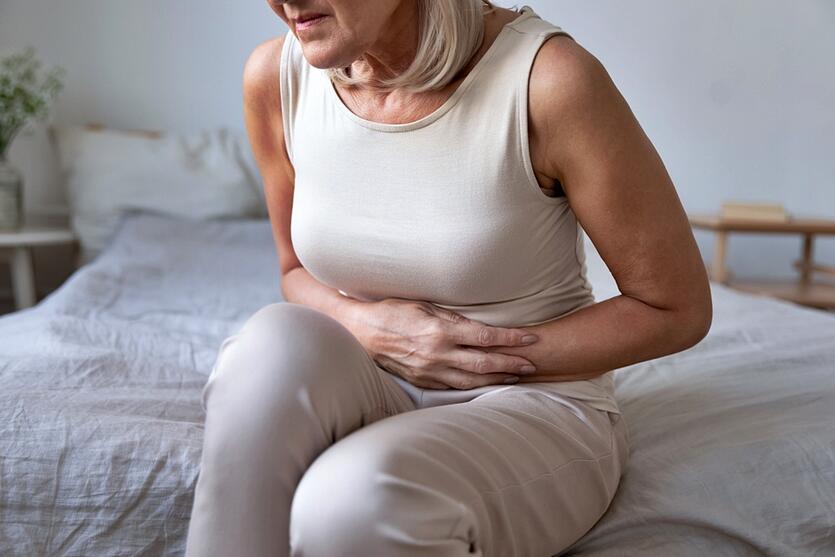
15. Pneumonia
Pneumonia is an infection that inflames the air sacs in one or both lungs. Symptoms can include chest pain, cough (with phlegm or pus), fever, chills, and difficulty breathing. The chest pain may worsen with deep breathing or coughing.
Women are more likely than men to develop certain types of pneumonia, such as mycoplasma pneumonia. Risk factors include smoking, chronic lung diseases, and weakened immune systems. Treatment usually involves antibiotics and supportive care.
Pregnant women are at higher risk for pneumonia, especially in the third trimester and postpartum period. Pneumonia can also be more severe in older women or those with underlying health conditions.
16. Pulmonary Embolism
A pulmonary embolism is a blood clot that travels to the lungs, blocking blood flow. Symptoms include sudden shortness of breath, chest pain that may worsen with deep breathing, cough (sometimes with bloody sputum), and a rapid heart rate. Pulmonary embolisms can be life-threatening and require immediate medical attention.
Women are at higher risk for pulmonary embolisms during pregnancy and the postpartum period. Other risk factors include prolonged immobility, surgery, cancer, and inherited clotting disorders. Treatment involves blood thinners and sometimes clot-busting medications or surgery.
Women taking birth control pills or hormone replacement therapy are also at increased risk for pulmonary embolisms, especially if they smoke or have other risk factors like obesity or a family history of blood clots.
When to Seek Immediate Help?
If you experience chest pain on the left side, it is essential to seek immediate medical attention if you are experiencing any of the following symptoms:
- Sudden and severe chest pain that lasts longer than a few minutes
- Chest pain that spreads to your arm, neck, jaw, or back
- Shortness of breath or difficulty breathing
- Dizziness or lightheadedness
- Sweating or nausea
- Irregular heartbeat or palpitations
These symptoms could indicate a heart attack or other serious medical condition that requires immediate attention. Do not ignore these symptoms or attempt to self-diagnose or treat yourself.
If you’re not sure whether your symptoms warrant medical attention, it’s always better to seek medical advice from a healthcare professional. They can help determine the cause of your chest pain and provide appropriate treatment.




